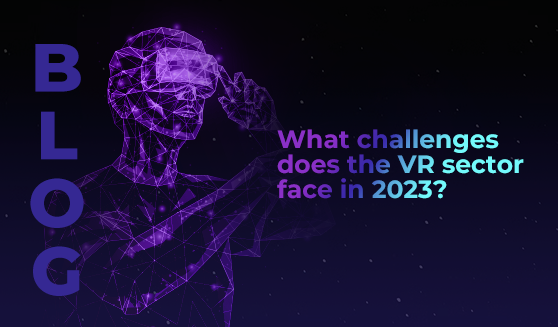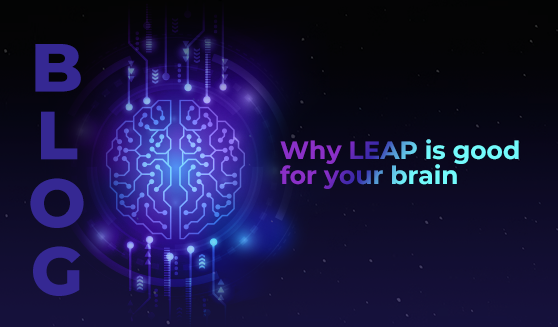
This year, the global VR market is valued at USD $15.8 billion – up from less than $12 billion in 2022. There are expected to be more than 15 million shipments of AR and VR headsets for commercial use in 2023, and 17.81 million shipments of headsets for consumer use. And the global extended reality (XR) market is predicted to reach over $100 billion by 2026.
But the VR sector isn’t an easy space for innovators to gain traction and build businesses that can be sustained long-term. Competition is high, and tech is developing fast – so let’s look at the key challenges this sector faces in 2023.
1. VR headset accessibility
It’s still a thing. Accessibility is one of the top obstacles for consumers interested in VR – and that makes it one of the major barriers to entry for VR startups, too.
Headsets can be expensive, bulky to ship and store, and are known for being uncomfortable when worn for long periods of time. Different people report greater and lesser levels of comfort when using different headsets – but there’s no consensus that any headset provides reliable comfort for the majority of users.
2. High quality content production
VR experience providers have to keep producing high quality content – otherwise users will lose interest in the tech.
A 2022 paper published in the journal Multimedia Alternate Realities identified four aspects of quality that users expect from VR experiences:
- Characters quality
- Visual consistency
- Viewpoint control
- Effectiveness
But engaging, high quality content for VR is costly to produce. According to VR Vision, professional 360 3D video post-production can be executed for less than $10k per minute of video – but the same content for an interactive environment will cost almost twice as much.
On top of that, the quality of VR headsets isn’t stable. Users might have a very different experience of VR content depending on the specific headset they’ve invested in – so it’s difficult for designers to run effective quality control and ensure consistency across devices.
A new study in the journal Sensors (Basel) highlights how important it is for researchers to identify exactly what creates the perception of good quality in a VR headset, from the perspective of consumers. Detailed research into these quality factors can drive the future optimisation of the technology – enabling manufacturers to develop headsets that can be competitive in the market and provide a consistent experience for users.
The study identified two research directions for the future:
“...one is to expand the research of consumer big data to the global e-commerce platform, strive to obtain a wider range of consumers’ feedback on VR headsets, then analyse the consumer perception through machine learning algorithms.”
“...the other is to further subdivide the user groups and usage scenarios for the user’s optimisation suggestions for distance sensing technology and optical sensing technology, and study the sensitivity and acceptable range of specific users for various sensors in specific scenarios.”
3. Digital asset ownership rights
Everyone is free to buy and own digital assets in the metaverse. But so far, it’s unclear how ownership rights can be enforced – so users can’t be sure what owning a digital asset actually means.
In most countries, digital assets do not currently count as property for the purpose of ownership rights. Whether more governments address the issues around ownership rights with new regulations, or the ownership of digital assets is controlled by decentralised tech like blockchain, it’s important that users are granted clarity and certainty about what they actually own – and how they can protect it. Because without confidence in their ownership rights, people have little incentive to purchase digital assets.
Market growth varies by region
Although the global VR market is growing, the pace of that growth varies region by region. In Saudi Arabia, the AR and VR market will reach $85.7 million in 2023, and revenue is expected to grow at a healthy CAGR of 14.08% up to 2027 – arriving at a projected market volume of $145.2 million.
According to MarkWide Research, the VR market has seen significant growth and a spike in interest in the MENA region in recent years. This growth is driven by factors including:
- Increasing investments in technology
- The rising adoption of VR in a number of industries (including healthcare, education, tourism, and more)
- The growing demand for gaming and entertainment in the region
Both public and private investors are actively funding VR startups – and consumers are “seeking more immersive and realistic experiences.”
Saudi Arabia and the surrounding region provides a vibrant tech and investment ecosystem for VR startups to thrive – and we’re excited to experience new developments in VR at LEAP 2024.








